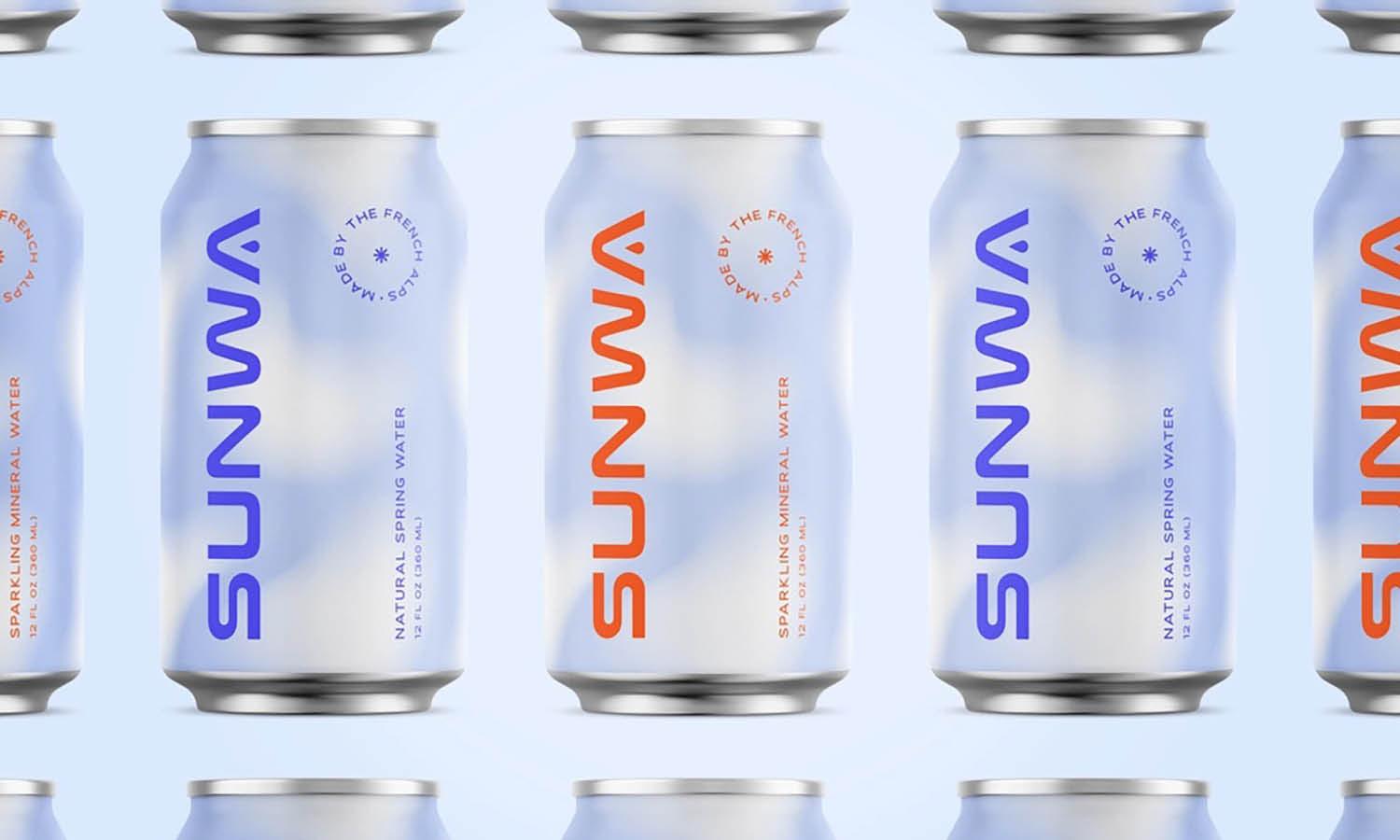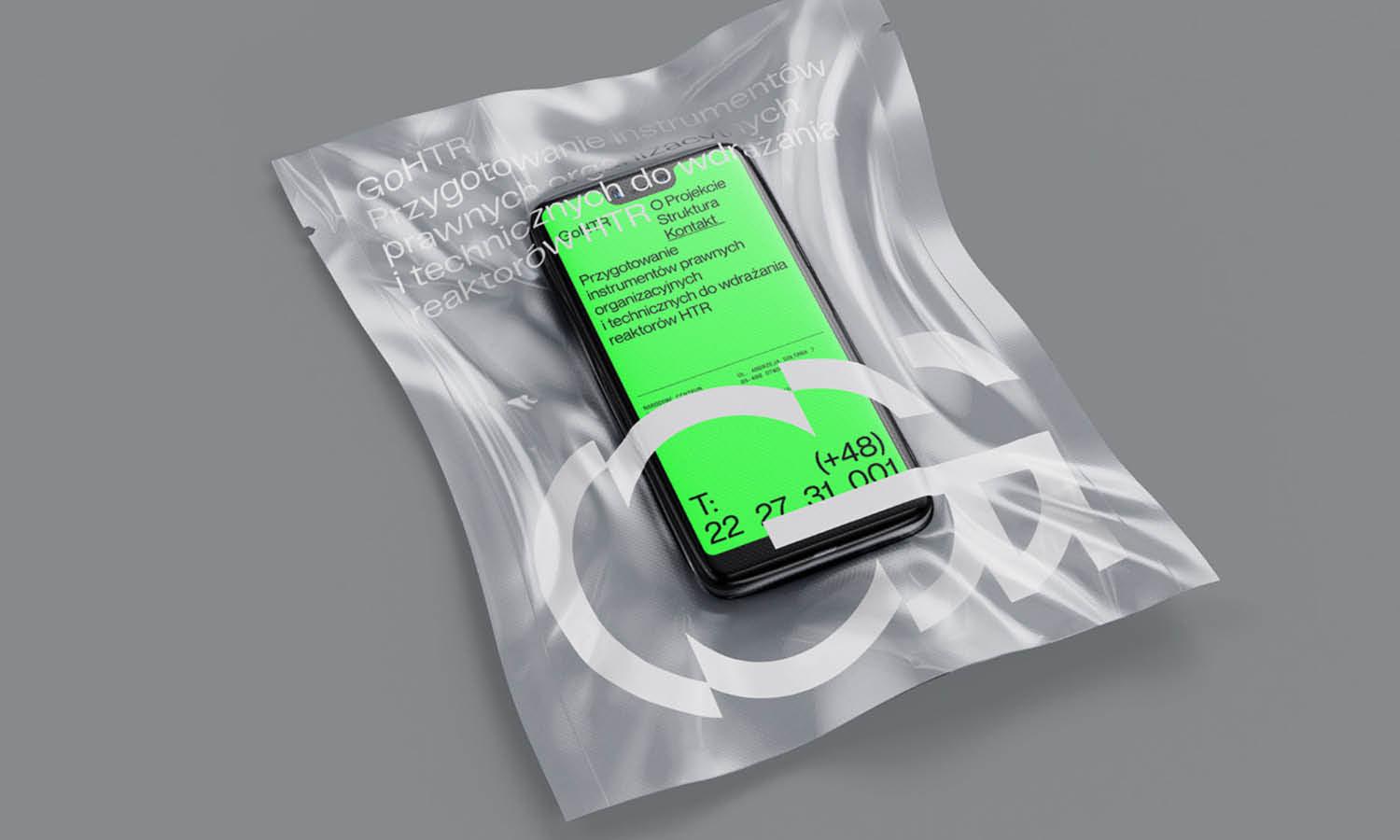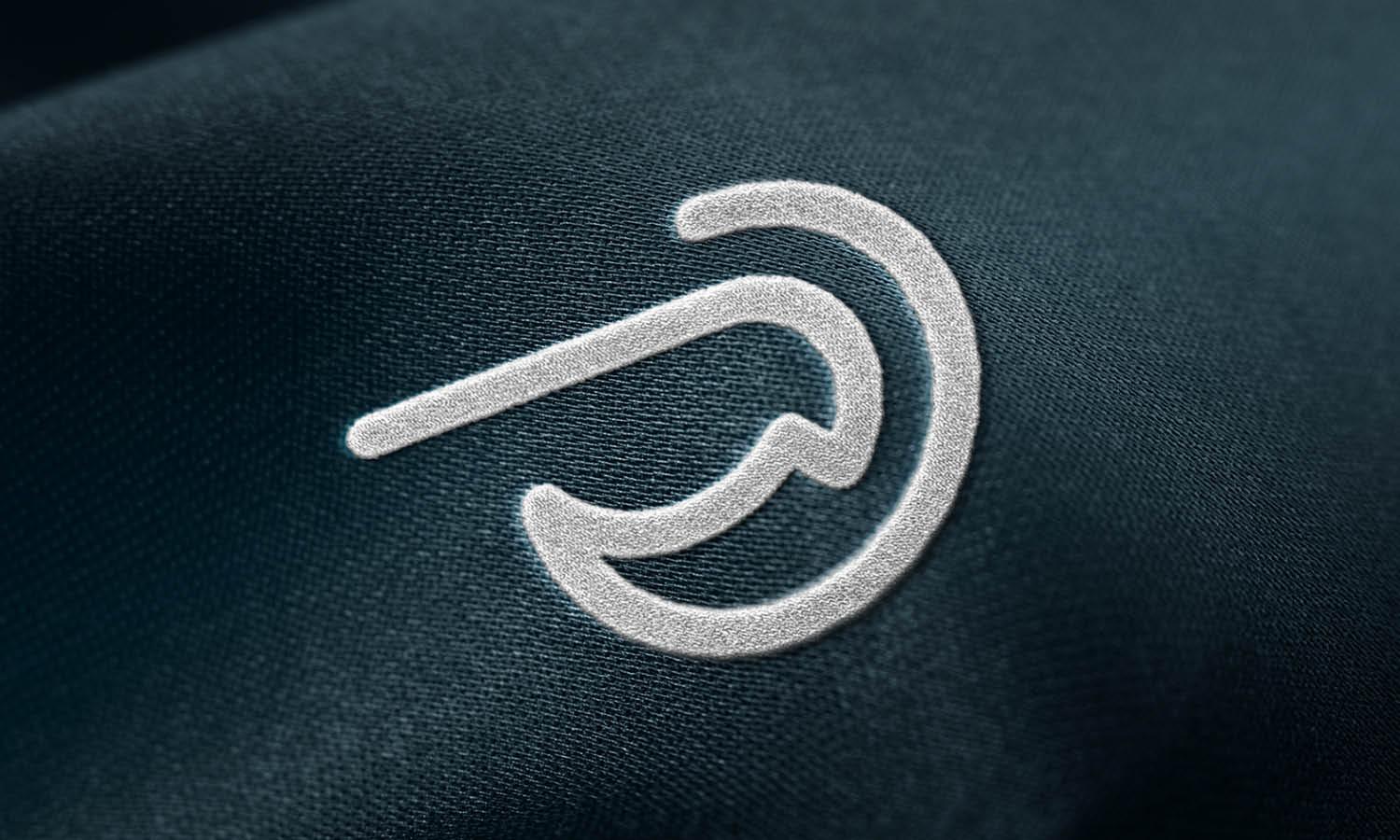How to Print Logo Designs on Stainless Steel

Source: Nicolas Cuncolo, Bathroom Accessories | Palladio Appartments, Behance, https://www.behance.net/gallery/166746023/Bathroom-accessories-Palladio-Appartments
Printing logo designs on stainless steel combines the durability of metal with the distinctiveness of your brand, creating a powerful visual impact. Whether you're looking to brand industrial equipment, decorative pieces, or promotional tools, understanding how to effectively print on this material is crucial. Stainless steel is prized for its strength and resistance to corrosion, making it an ideal candidate for both outdoor and indoor applications. However, the process of printing on such a surface requires specific techniques to ensure that the end result is both aesthetically pleasing and long-lasting.
This introduction will explore the key considerations, from choosing the right printing method to preparing the surface, that are essential for achieving high-quality prints. By adhering to these guidelines, designers and manufacturers can ensure that their logos not only look professional but also stand the test of time on stainless steel substrates.
Understand the Material
When planning to print logo designs on stainless steel, it is essential to understand the characteristics of the material itself. Stainless steel is an alloy primarily made up of iron, chromium, and often nickel, which gives it a remarkable resistance to rust and corrosion. This durability makes it an excellent choice for use in environments that might be harsh or where longevity is crucial. Stainless steel surfaces can vary in finish; from matte to highly polished, each type affects how inks and etching materials adhere to the surface.
The non-porous nature of stainless steel means that any application on its surface sits strictly on top, which can affect the longevity and appearance of the print if not properly executed. It is also important to note that stainless steel can expand and contract slightly depending on temperature changes, which can impact the stability of the printed design over time. Therefore, understanding these properties will help in selecting the right printing techniques and materials that can adhere well and withstand environmental factors without deteriorating, ensuring the printed logos maintain their aesthetic and structural integrity for years.
Choose the Right Printing Technique
Choosing the right printing technique is crucial when working with stainless steel to ensure that the logo design is both visually striking and durable. The most common methods include laser engraving, screen printing, and digital printing, each suitable for different design needs and budgets.
Laser engraving is highly precise, making it ideal for detailed logos. This method involves removing part of the metal surface to create a permanent, indelible mark. It is particularly effective for designs that require longevity and exposure to outdoor conditions without the risk of fading or wearing off.
Screen printing, on the other hand, allows for vibrant, multi-colored designs and is cost-effective for larger batches. Special inks are used that must be cured onto the steel to ensure they bond well and resist peeling or chipping.
Digital printing on stainless steel is a newer technology that offers high-resolution and full-color graphics capability. It uses specially formulated inks that can adhere to metal surfaces and typically involves a clear coating to protect the print from physical damage and UV light.
Each of these techniques has its advantages and limitations, and the choice will depend on the specific requirements of the project, including the expected usage of the printed item, the environment it will be exposed to, and the desired longevity of the print. Understanding these factors will guide you in selecting the best technique for printing logo designs on stainless steel.
Prepare the Design File
Preparing the design file is a critical step in printing logo designs on stainless steel. The quality and format of your design file directly influence the precision and clarity of the final print. Start by ensuring that your logo is designed in a vector format, such as SVG or AI. Vector files are scalable without loss of resolution, which is essential for maintaining the detail and quality of the logo when adjusting to various sizes.
It’s important to consider the intricacies of the design, including line thickness and spacing. Fine lines and small details may not translate well when printed on a textured or highly reflective surface like stainless steel. To avoid issues, adapt the design to feature bolder lines and increase the spacing between elements, ensuring they are distinct and legible.
Additionally, if color is a part of the logo, you must verify that the colors chosen are suitable for printing on metal and that your design accommodates the type of printing technique to be used, as color rendition can vary significantly on metallic surfaces compared to standard materials.
When your file is ready, consult with the printing professional to ensure the format and specifications meet the requirements of the printing technology chosen. This collaboration will help avoid potential issues during the printing process, such as misalignment or color mismatch, ensuring a high-quality output of your logo designs on stainless steel.

Source: John John Dias, Bordera, Behance, https://www.behance.net/gallery/163706217/Bordera
Use Durable Inks
When printing logo designs on stainless steel, using durable inks is essential to ensure that the finished product withstands environmental elements and handling without degradation. The choice of ink depends on the printing method and the expected usage of the printed item.
For screen printing, use solvent-based or UV-curing inks designed specifically for metal surfaces. These inks form a strong bond with the stainless steel, offering excellent resistance to fading, chipping, and peeling. They are ideal for items that will be exposed to outdoor conditions or frequent handling.
In digital printing, select inks that are formulated for adhesion to metal substrates. These inks usually require a post-print curing process, such as heat treatment or UV light exposure, to ensure that the print is permanent and resistant to environmental factors.
For laser engraving, which is more about etching than using inks, consider the option of adding color fill post-engraving. The fill can be an ink or a colored resin that is applied into the engraved area, providing a contrast against the bare metal and enhancing visibility.
Regardless of the method, the longevity of the print should be a priority. Test the ink’s durability under conditions similar to where the product will be used. This could include tests for resistance to abrasion, chemicals, and UV exposure. Ensuring that your inks are durable not only enhances the appearance of the logo but also contributes to the overall longevity and branding effectiveness of the stainless steel product.
Prepare the Stainless Steel Surface
Preparing the stainless steel surface is a pivotal step in ensuring that the print of your logo design adheres well and lasts long. Before any printing begins, the surface of the steel must be thoroughly cleaned and treated to remove oils, dust, and any contaminants that could affect ink adhesion.
Start by cleaning the surface with a degreaser or alcohol-based cleaner to eliminate any residues that might interfere with the printing process. It’s important to use a lint-free cloth to avoid leaving any fibers on the surface. After cleaning, a pre-treatment might be necessary, especially if you are using certain types of digital printing or need extra durability. This treatment can involve a primer or an adhesion promoter that helps the ink bond more effectively with the metal.
For etching or engraving processes, ensure that the surface is not only clean but also free of scratches and blemishes, as these can impact the quality of the imprint. If you’re working with polished stainless steel, extra care should be taken to maintain its reflective quality, which can enhance the visual impact of your printed logo.
Once the surface is prepared, a final inspection should be made to ensure it is completely clean and ready for printing. This meticulous preparation of the stainless steel surface is crucial for achieving a high-quality, durable print that represents your brand effectively on any stainless steel product.
Consider Laser Engraving for Durability
When printing logo designs on stainless steel, considering laser engraving for its durability is an excellent choice. Laser engraving is a non-contact printing technique that uses a laser beam to permanently etch the logo into the surface of the metal. This method is highly favored for its precision and ability to produce a mark that is resistant to fading, peeling, and other forms of wear.
Laser engraving is especially suitable for stainless steel because it creates a clear, crisp, and highly detailed image that can withstand harsh environmental conditions without degrading. The laser precisely removes layers of the metal to reveal a permanent, indelible design that can cope with high temperatures, moisture, and chemical exposure, making it ideal for industrial applications or products that require long-lasting branding.
Another advantage of laser engraving is its versatility. It can be used to create both simple and complex designs, allowing for customization and uniqueness in logo presentation. The technique does not require inks, solvents, or additional substances, which makes it an environmentally friendly option as well.
For businesses looking for a durable, efficient, and cost-effective method to print logos on stainless steel, laser engraving is a top consideration. It ensures that your branding remains intact and visible, enhancing the product's aesthetic and increasing its value in the market.
Opt for UV Printing for Colorful Designs
UV printing is a fantastic choice for achieving vibrant, full-color logo designs on stainless steel surfaces. This modern printing technology uses ultraviolet lights to cure or dry the ink as it is printed. The process allows for the use of vivid and varied colors, making it an excellent option for brands looking to make a bold impact with their logos.
One of the key benefits of UV printing on stainless steel is the superior ink adhesion it offers. The UV curing process instantly sets the ink, creating a durable and resistant layer that is less likely to scratch, fade, or peel off. This makes it suitable for stainless steel items that are frequently handled or exposed to harsh conditions.
Furthermore, UV printing can accommodate fine details and complex color gradients, offering greater design flexibility than traditional printing methods. It is also environmentally friendly, as it produces fewer volatile organic compounds (VOCs) compared to conventional inks.
For businesses that require their logos to stand out with excellent color quality on metal substrates, UV printing is an effective solution. It combines durability with aesthetic appeal, ensuring that logos not only capture attention but also maintain their integrity over time. This method is particularly useful for promotional items, signage, or any application where a high-impact visual is critical.

Source: Constantin Bolimond, TOOL CRAFT BEER, Behance, https://www.behance.net/gallery/170755533/TOOL-CRAFT-BEER
Apply Chemical Etching for Precision
Chemical etching is a precision technique used to imprint intricate logo designs on stainless steel. This process involves applying a protective mask to the metal surface, which is then exposed to a chemical solution that etches the unprotected areas. Chemical etching is highly regarded for its accuracy and ability to produce complex, detailed designs that mechanical methods cannot replicate.
The advantage of using chemical etching for logo designs on stainless steel lies in its precision and the clean, burr-free edges it produces. The etched areas can also be filled with colored inks to enhance visibility and contrast, which is beneficial for more intricate logos. This method is particularly suitable for industrial applications where precision is crucial, such as in the production of instruments, machinery parts, and decorative panels.
Moreover, chemical etching is cost-effective for medium to large runs and offers consistent results across multiple items. It does not alter the structural integrity of the stainless steel, which is essential for maintaining the material’s durability and resistance properties.
For designers and manufacturers looking to create precise, high-quality logos on stainless steel, chemical etching is an ideal choice. It allows for the production of durable, detailed designs that can significantly enhance the branding of any product.
Use a Primer for Better Ink Adhesion
When printing logo designs on stainless steel, achieving strong ink adhesion is crucial for durability and visual quality. Since stainless steel has a non-porous, smooth surface, applying a primer before printing can significantly improve the ink’s ability to bond with the material. A primer creates a slightly roughened or chemically receptive layer that allows the ink to adhere more effectively, preventing issues like peeling, chipping, or fading over time.
Primers are especially useful for screen printing and UV printing, where ink adhesion plays a major role in the longevity of the design. Different primers are available depending on the type of ink and printing method being used. Some are solvent-based, designed to work with specific industrial inks, while others are water-based and formulated for eco-friendly printing applications.
Before applying the primer, it is essential to clean the stainless steel surface thoroughly to remove any grease, dust, or residues that could interfere with adhesion. Once the primer is applied, it should be given sufficient drying time before the printing process begins.
Using a primer ensures that the printed logo remains intact despite exposure to environmental elements, frequent handling, or abrasion. It enhances the overall quality of the print, providing a professional and long-lasting finish. For businesses that require high-quality branding on stainless steel, incorporating a primer into the preparation process is a practical step that guarantees better results.
Choose the Appropriate Steel Finish
Selecting the appropriate stainless steel finish is a critical factor when printing logo designs, as it directly affects the print’s appearance, adhesion, and durability. Stainless steel comes in various finishes, ranging from highly reflective mirror finishes to brushed and matte surfaces, each influencing how the logo interacts with the metal.
Polished or mirror-finish stainless steel provides a sleek and modern look but can pose challenges for ink adhesion due to its smooth surface. If printing on a polished surface, special primers or surface treatments may be necessary to ensure that the ink bonds well and does not smudge or peel off.
A brushed or matte stainless steel finish, on the other hand, offers better ink adhesion due to its slightly rougher texture. These finishes reduce glare and fingerprints, making them a practical choice for applications where durability and readability are essential, such as signage, nameplates, or industrial branding.
For laser engraving or chemical etching, the choice of finish impacts contrast and legibility. Lighter finishes provide more noticeable engraving, while darker or coated finishes can be selectively removed to create striking visual effects.
Ultimately, the right stainless steel finish should align with the printing method, intended usage, and desired aesthetic. Taking the time to choose the appropriate finish ensures that the printed logo maintains its integrity, clarity, and professional appearance over time.
Conclusion
Printing logo designs on stainless steel requires careful planning, the right techniques, and proper surface preparation to ensure durability and clarity. From selecting the appropriate printing method—such as UV printing, laser engraving, or chemical etching—to using durable inks and primers for better adhesion, each step contributes to a high-quality result. Understanding the characteristics of stainless steel and choosing the best finish further enhance the print’s longevity. By following these guidelines, businesses and designers can create professional, long-lasting logo prints that maintain their visual appeal and withstand environmental factors, making stainless steel an excellent choice for branding applications.
Let Us Know What You Think!
Every information you read here are written and curated by Kreafolk's team, carefully pieced together with our creative community in mind. Did you enjoy our contents? Leave a comment below and share your thoughts. Cheers to more creative articles and inspirations!
















Leave a Comment